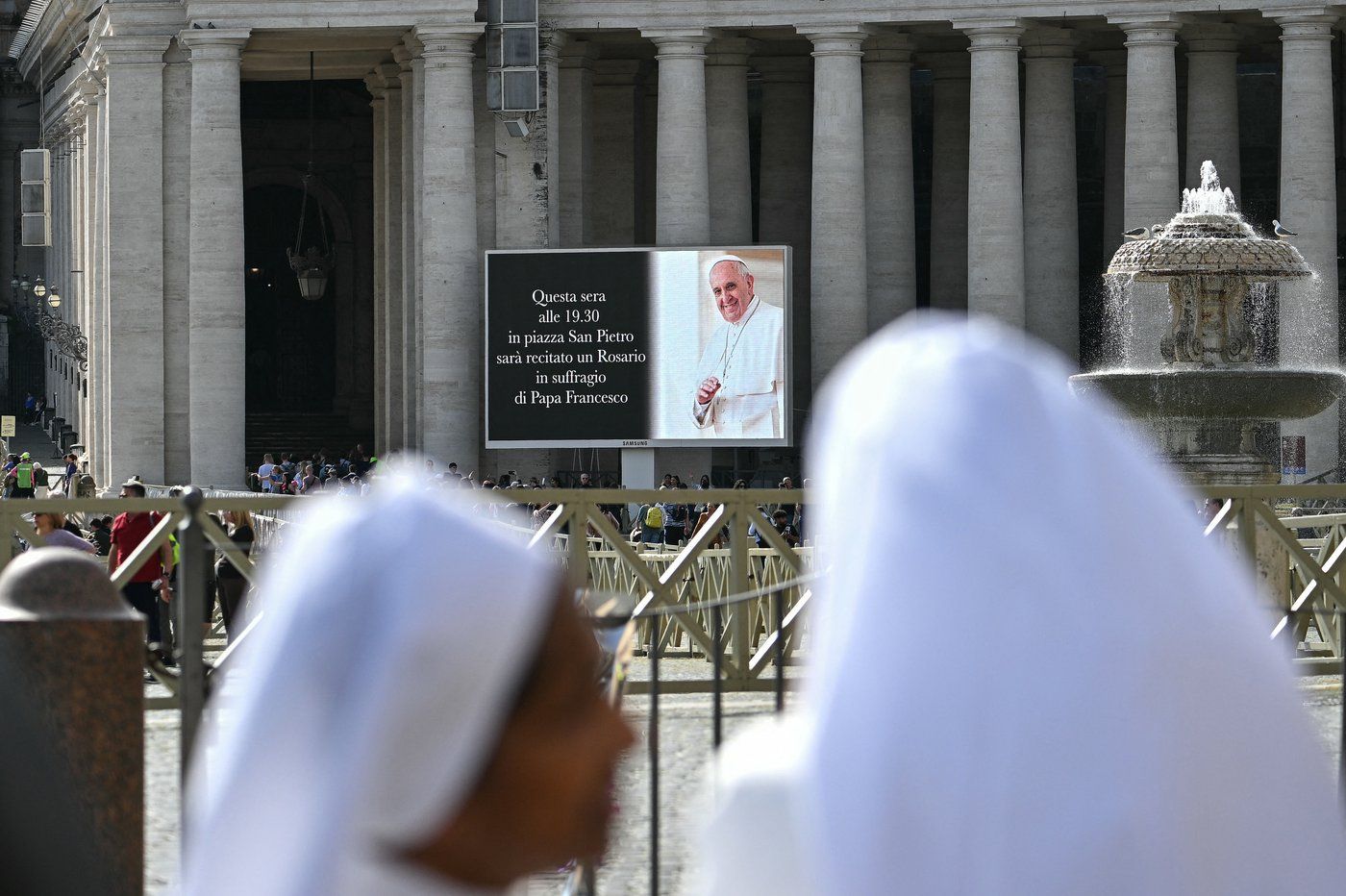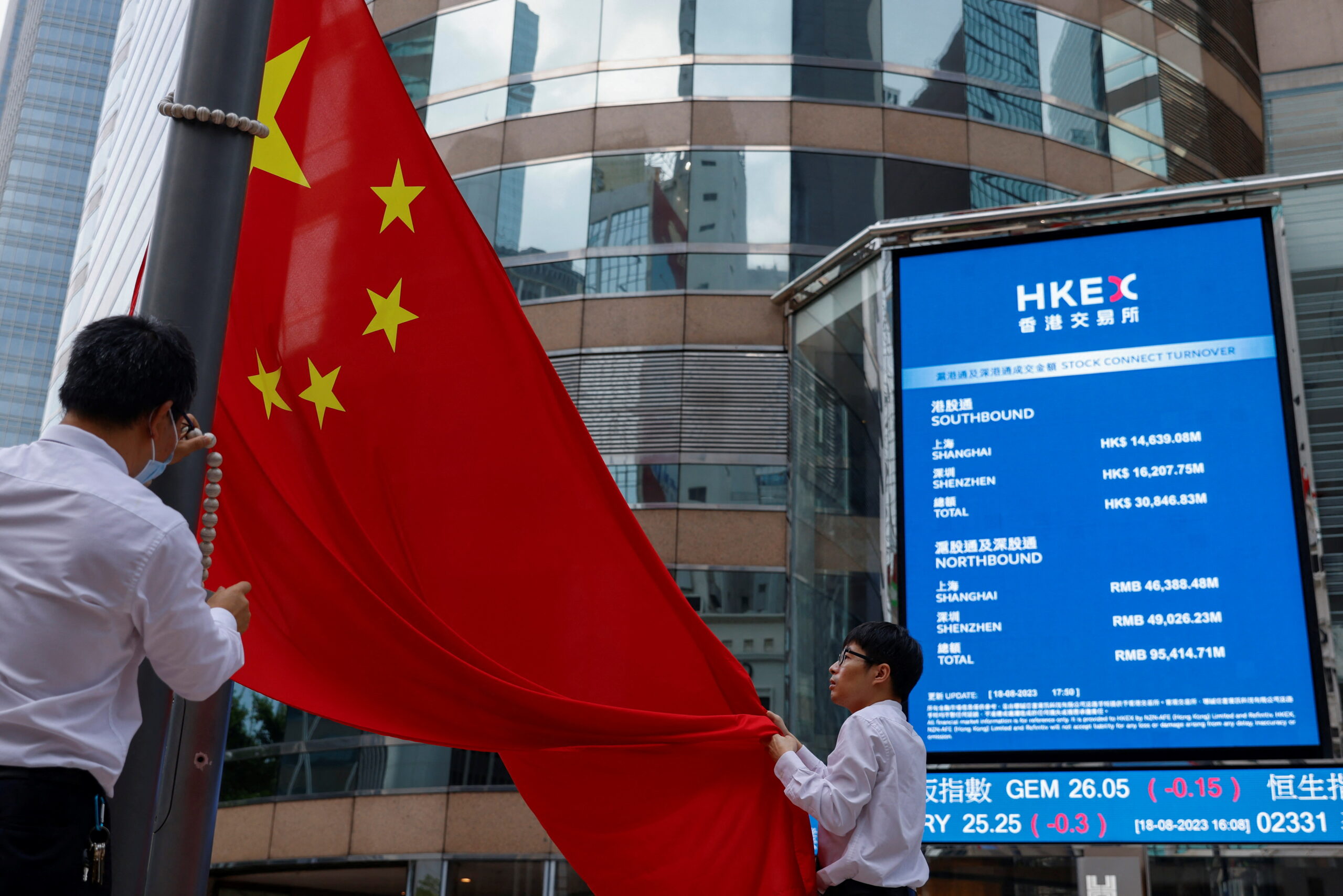Understanding The Conclave: The Process Of Electing The Pope

Table of Contents
The History and Evolution of the Papal Conclave
The selection of the Pope has evolved significantly over the centuries. Early methods were often chaotic and lacked formal structure, frequently resulting in disputes and even violence. In the early centuries of the Church, the election process was less formalized, often influenced by powerful factions within the Church and even secular rulers. These early Papal elections, sometimes characterized by bribery and manipulation, often involved considerable political maneuvering and occasionally even physical altercations.
The need for a more regulated process became increasingly apparent, leading to the gradual development of the Conclave as we know it. The 12th and 13th centuries saw significant strides toward standardizing the election process. This period witnessed the formalization of rules and regulations aimed at reducing corruption and promoting a more orderly selection. The influence of canon law played a crucial role in shaping the procedures, establishing guidelines for eligibility and voting.
- Early Papal elections often involved violence and political maneuvering.
- The establishment of formal rules and regulations aimed to reduce corruption.
- The impact of the 12th and 13th centuries on standardizing the election process.
- Modern reforms aiming for transparency and efficiency, such as those implemented after the Second Vatican Council.
The Participants in the Papal Conclave
The Papal Conclave is composed of Cardinal electors, a select group of individuals within the College of Cardinals. Not all Cardinals participate; only those under the age of 80 are eligible to vote in the election. This age limit was established to ensure the electors are physically and mentally capable of undertaking the demanding task.
The College of Cardinals, a body of senior clergy advising the Pope, plays a crucial role in the entire election process. Their collective wisdom and understanding of Church doctrine and governance are essential for selecting a leader capable of guiding the Church effectively. The Cardinal electors bear a significant responsibility, and their decisions shape the future direction of the Catholic Church.
- Only Cardinals under 80 years of age are eligible to vote.
- The importance of the Cardinal electors’ understanding of Church doctrine and governance.
- Seclusion and the restrictions placed upon the participants during the Conclave to ensure unbiased decision-making.
The Process of the Papal Conclave: A Step-by-Step Guide
The Papal Conclave begins after the death or resignation of a Pope, a period known as sede vacante (the seat being vacant). During this time, the College of Cardinals prepares for the Conclave, making arrangements for the election process. A key part of the preparations involves establishing secure and private accommodations for the Cardinals. The location is traditionally the Sistine Chapel in Vatican City.
The Conclave itself involves a series of secret ballots. The voting process is meticulously documented and overseen to maintain integrity and transparency. A two-thirds majority is required to elect a new Pope. This ensures a consensus among the Cardinals, signifying a strong and unified choice for the leadership of the Church.
Once a Pope is elected, the momentous announcement “Habemus Papam!” (We have a Pope!) is made from the balcony of St. Peter's Basilica, signifying the conclusion of the Conclave and the start of a new papacy.
- The preparation and security measures leading up to the Conclave.
- The role of the papal conclavists in maintaining order and secrecy.
- The significance of the two-thirds majority vote requirement.
- The ceremonial aspects of the announcement of the new Pope.
Secrecy and the Significance of Papal Conclave
Secrecy is a cornerstone of the Papal Conclave. This tradition dates back centuries, intended to protect the integrity of the election process from external pressures and influences. This secrecy prevents political manipulation and ensures that the decision is made solely based on the merits of the candidates and the needs of the Church. However, this secrecy has also been subject to debate and calls for greater transparency in modern times.
Maintaining secrecy protects the cardinals from undue pressure, fostering open deliberation. It’s seen as vital to ensure that the cardinals feel safe expressing their opinions and preferences without fear of external influences. The secrecy surrounding the Papal Conclave ensures the sanctity of the process, highlighting the spiritual nature of the selection.
- Preventing outside influence and political pressure.
- Protecting the integrity of the election process.
- Preserving the sanctity of the selection.
- Debates regarding the level of transparency in modern Conclaves.
Conclusion
The Papal Conclave, a complex and deeply significant event, is far more than just an election; it's a pivotal moment in the history of the Catholic Church. Understanding its history, procedures, and the roles of its participants provides invaluable insight into the intricate workings of the Catholic faith and the selection of its spiritual leader. By learning more about the Papal Conclave, we gain a deeper appreciation for the weight of this tradition and the importance of this unique process. To further your understanding of this fascinating subject, explore reputable sources and resources on the Papal Conclave to delve deeper into its rich history and evolving practices. Learn more about the complexities of the Papal Conclave today!

Featured Posts
-
 Ovechkins Take Watching The 4 Nations Face Off Without Russia
May 07, 2025
Ovechkins Take Watching The 4 Nations Face Off Without Russia
May 07, 2025 -
 Donate Cavs Tickets Easier Than Ever Before
May 07, 2025
Donate Cavs Tickets Easier Than Ever Before
May 07, 2025 -
 Analysis Chinese Stock Markets Response To Us Negotiations And Data
May 07, 2025
Analysis Chinese Stock Markets Response To Us Negotiations And Data
May 07, 2025 -
 Box Office Battle Pedro Pascals Fantastic Four Against Henry Cavills Superman
May 07, 2025
Box Office Battle Pedro Pascals Fantastic Four Against Henry Cavills Superman
May 07, 2025 -
 The Karate Kids Impact On Pop Culture And Martial Arts
May 07, 2025
The Karate Kids Impact On Pop Culture And Martial Arts
May 07, 2025
